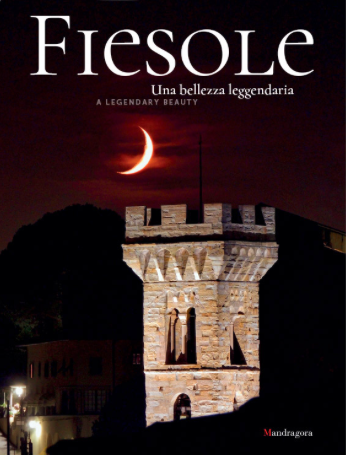Web platform
• November 2022
Progetto Adrijo
Author: Autori vari
Publisher: Progetto REMEMBER - ADRJO, Network Culturale dei Porti Adriatici
Translation languages: ita > en
Translators: Cristina Popple per Il Nuovo Traduttore Letterario
REMEMBER – REstoring the MEmory of Adriatic ports sites. Maritime culture to foster Balanced tERritorial growth is an Italy-Croatia cross-border cooperation programme for the enhancement of Adriatic ports. Among other things, it envisaged the creation of the Adrijo platform, a digital and interactive portal aimed at promoting sustainable tourism and enhancing the important cultural and maritime heritage, monuments and tangible and intangible knowledge of the 8 Italian and Croatian ports.
As part of this project, we curated the pages on the port of Ancona, involving various materials ranging from economic-administrative texts to pages on history and art, and popular culture linked to the city and the sea. There were interviews with fishermen, walks through the streets in the centre, facts and figures regarding the commercial and tourist port: a kaleidoscope of texts managed by our talented and versatile Cristina!
Estratto dalla traduzione in inglese
Welcome to Ancona, Gateway to the East
https://www.adrijo.eu/en/port/ancona
The city and its ancient, cosmopolitan port have always been a bridge as well as a pivot between the East and the West, a crossroads of cultures and religions, a port on the Adriatic-Ionian macro-region of the Mediterranean Sea capable of establishing important international relations, a celebrated productive hub that over time has come to be identified with its dockyard, its roots deep in a centuries-old vocation. The penchant for hospitality of the city overlooking the port is immediately obvious in the most iconic of its monuments: standing tall on the wharf facing the sea, the Arch of Trajan, built to honour the Emperor Trajan, has been admired and revered by every sailor who has crossed this sea. Spreading outwards, the old port unfolds, its Roman, Medieval, and Renaissance monuments rising from it; and the churches of the port – the Cathedral consecrated to St. Cyriacus, the Chiesa del Gesù designed by Vanvitelli, St. Frances’ Church, and all the others nestled among the slanting alleyways overlooking the wharves and the sea. Just below the Cathedral is the ship yard, caught between cliff and sea, with its iconic red and white gantry crane: a centre of production for extraordinary cruise ships, which have won many an award for sustainability, innovation, and beauty. The backdrop to the entrance to the harbour is a row of buildings of civic, economic, and cultural power: their façades unfurl, marking periods, styles, uses, and the history of their architecture and of those who ordered their construction – Palazzo degli Anziani, Palazzo Ferretti (now the National Archaeological Museum, with the wonderful gilded bronze statues on its roof), the Loggia dei Mercanti (the Merchants’ Lodge), and then the Banca d’Italia, the Nineteenth century buildings home to shipping companies, navigation services, and businesses devoted to hospitality.







